One of the best ways of saving water when irrigating orchards or trees of any kind is through the use of timed drip irrigation systems. Moving hoses from tree to tree not only wastes water (especially if you’re as forgetful as I am), but generally doesn’t provide the consistent deep watering that trees need to thrive. Our orchard at Timber Butte is the fourth one we have established and the third with a built-in drip system. Each time I’ve learned and improved on the previous attempts. The system I have just installed is the best yet – here is what I have done differently.
The first thing I did was (with the use of a rented trencher) to dig a trench to every young tree on the place. I then buried a ½ inch PVC pipeline infrastructure placing a riser pipe at each tree well. On each riser I glued a threaded male adapter that would receive a threaded cap.
Then I drilled a small hole into the top of each PVC cap and using marine epoxy I glued a flag dripper into each hole being careful not to plug the drippers with excess glue. I’ve used many different types of glues in the past, but have found this type of epoxy to be superior. Flag drippers (see picture) are manufactured to deliver various volumes of water. I prefer ones that produce at least four gallons per hour. At first sight a flag dripper looks like a tiny inline valve, but it’s not. The flag can be twisted and easily removed to clean out any sediment that accumulates in the line. They really work great. Also I might mention that flag valves are not designed to be used in this way but rather to be pushed into soft plastic ½ inch hose lines. What I have done is clearly an improvisation.
After each tree is set up with a riser and flag dripper I attach a ¼ inch plastic tube about a foot long to each. It is then pushed through a ¼ inch drilled hole in the top a wooden stake in such a way that it can drip into an attached tin can. (Again, see picture) These stakes are driven into the ground at the base of each tree.
This process may seem a bit involved and elaborate, but it serves several key purposes. One, it perfectly distributes water at the base of the
Note that the ¼ inch dripper tube drips into the can rather than being all the way in it. This is to avoid the fertilized water from siphoning back into the system after the water stops flowing. tree in a very gentle way as the cans overflow. Two, the cans serve as a wonderful means of regularly fertilizing each tree by placing fertilizer tablets, granulated fertilizers or pouring in a measurement of organic liquid fertilizer when desired. This provides a diluted time release and 100% usage of the fertilizer. It also gives you a quick way to observe the volume flow of water for each tree even when the system is turned off. If the can is empty you need to find out why. Generally it simply means you need to clean out your flag dripper.
So far I have been thrilled with our new system and I thought it might be worth sharing.

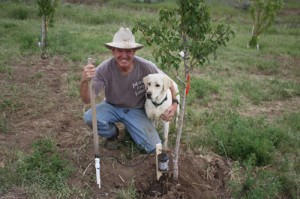
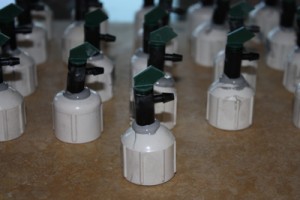
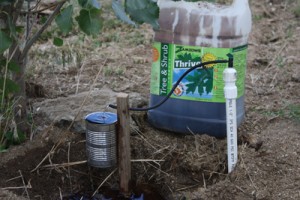
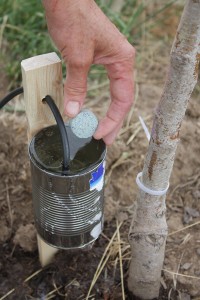
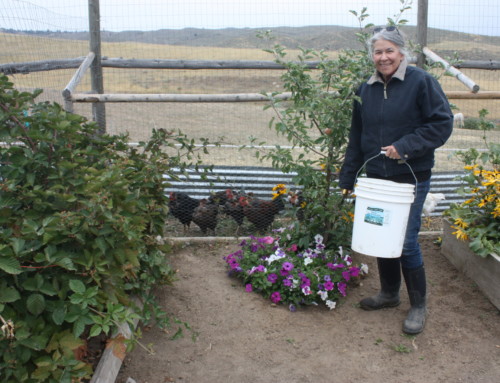
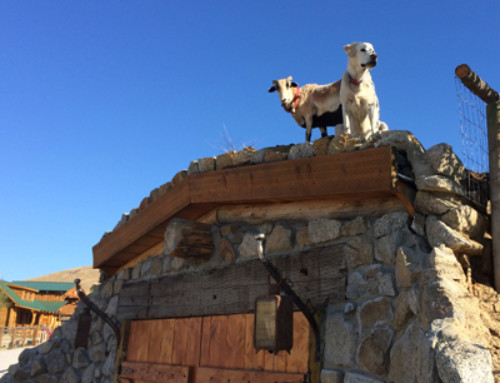
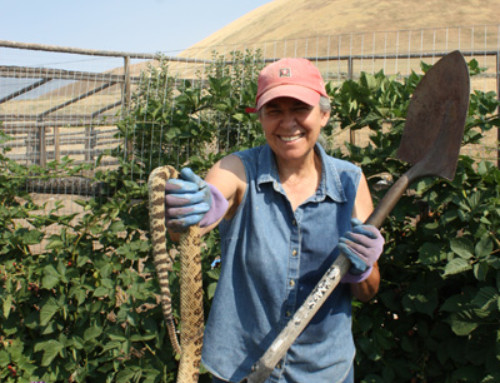
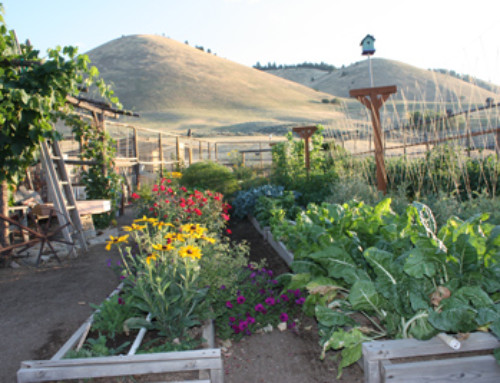
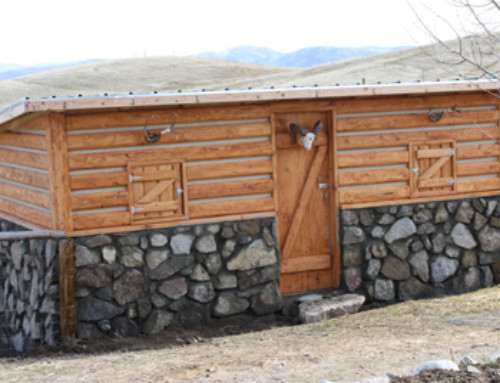

Leave A Comment
You must be logged in to post a comment.